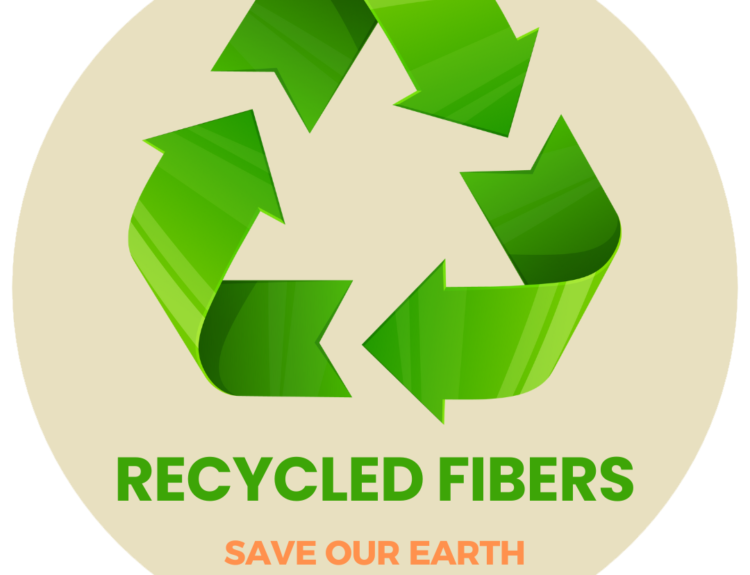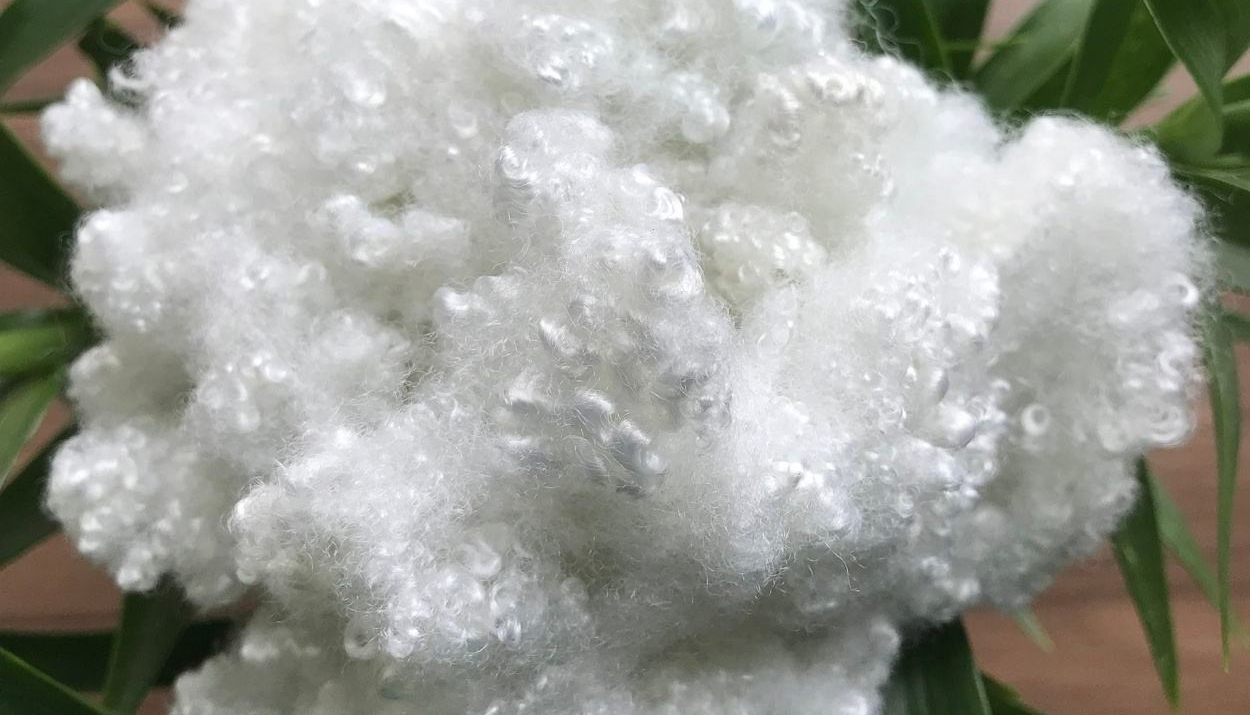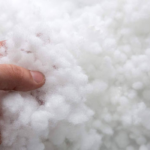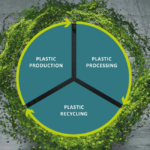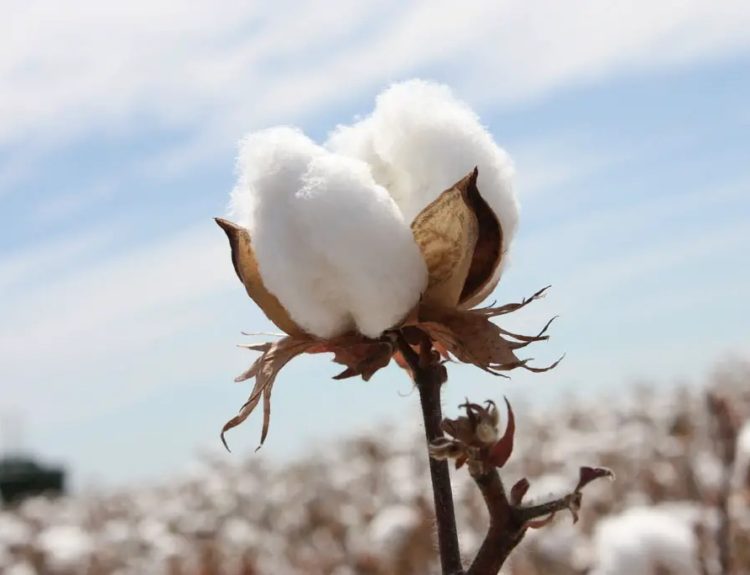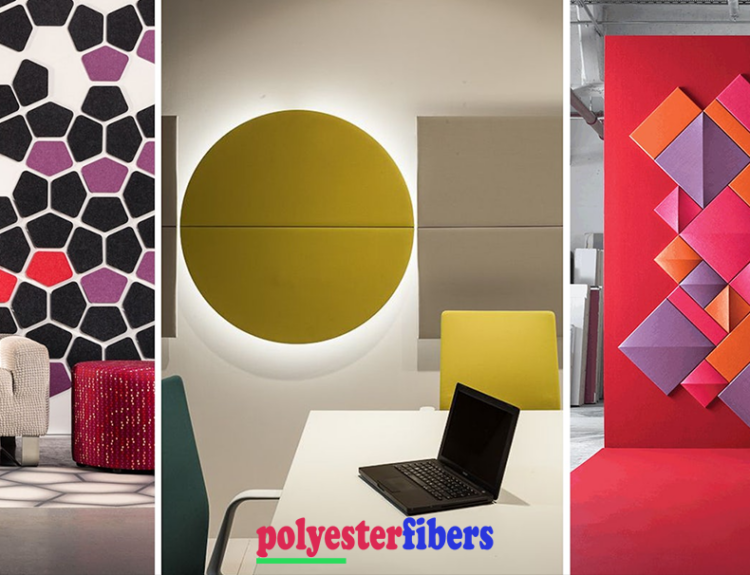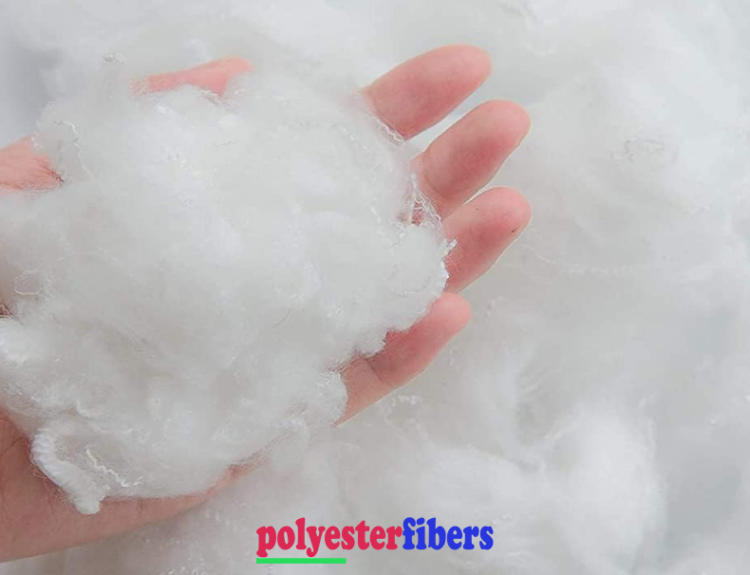We will find answer of question: What is Polyester Fiber? In the vast and intricate world of textiles, one of the most common and versatile threads that binds our everyday fabrics together is polyester staple fiber (PSF). As a synthetic polymer composed of repeating ester units, polyester has emerged as a fundamental material in the textile industry, and its staple fiber form is particularly noteworthy. This comprehensive exploration delves into the origins, manufacturing intricacies, properties, applications, and future trends of polyester staple fiber.
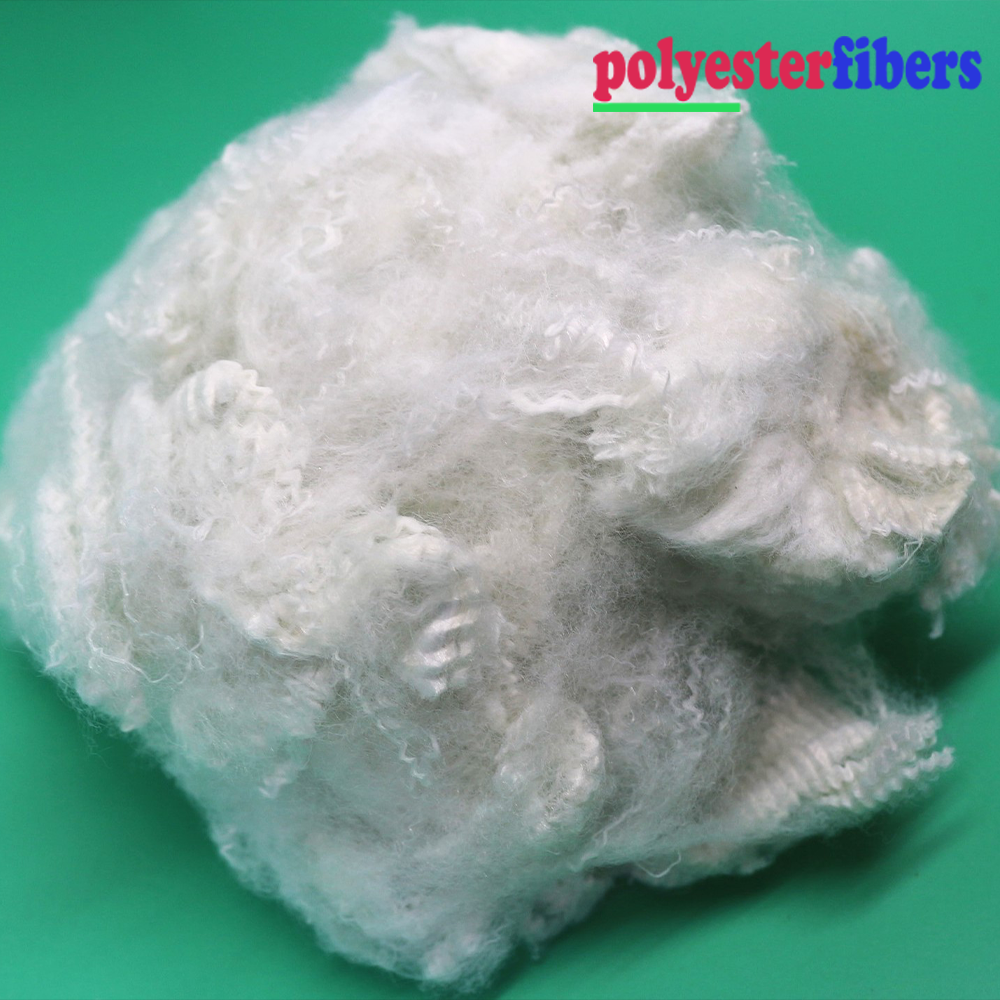
What is Polyester Fiber?
Polyester staple fiber is a variation of polyester that undergoes a specific manufacturing process, resulting in short, discrete lengths. Unlike its counterpart, polyester filament yarns, which are composed of continuous strands, staple fibers are shorter and can be blended with other fibers, providing a diverse range of possibilities in fabric production.
What is Polyester Fibers Manufacturing Process?
The journey of polyester staple fiber from raw materials to the fibers we encounter in our daily lives involves several intricate steps:
- Polymerization: The process begins with the polymerization of raw materials, usually ethylene glycol and terephthalic acid. This chemical reaction forms a polymer known as polyethylene terephthalate (PET), which serves as the foundation for polyester.
- Melt Spinning: The PET polymer is melted and extruded through spinnerets to form continuous filaments. These filaments are crucial for the subsequent steps in the process.
- Cooling and Solidification: As the extruded filaments emerge from the spinnerets, they undergo rapid cooling and solidification. This results in the formation of a bundle of continuous filaments.
- Cutting: The continuous filaments are then cut into shorter lengths, typically ranging from a few millimeters to a few inches. This cutting process transforms the continuous strands into discrete polyester staple fibers.
What is Polyester Fiber Properties ?
Polyester staple fiber exhibits a range of properties that contribute to its widespread use in the textile industry:
- Durability: Polyester is renowned for its exceptional strength. Fabrics made from polyester staple fiber are known for their durability and resistance to wear and tear, ensuring longevity.
- Wrinkle Resistance: Polyester fibers inherently resist wrinkles, making fabrics created with PSF easy to care for and maintaining a smooth appearance over time.
- Quick Drying: With low absorbency, polyester fabrics dry quickly after washing. This property is particularly advantageous in applications where moisture absorption is a concern.
- Versatility: Polyester staple fiber can be seamlessly blended with other fibers, such as cotton, wool, or rayon, to enhance specific characteristics of the resulting fabric. This versatility allows manufacturers to tailor fabrics to meet specific requirements.
The versatility of polyester staple fibers lends itself to a wide array of applications across various industries:
- Apparel: Polyester staple fibers is a cornerstone in the fashion industry, serving as a primary component in the production of clothing items such as shirts, pants, dresses, and outerwear. Its durability and resistance to wrinkles make it a popular choice for everyday garments.
- Home Textiles: The home textile industry extensively utilizes polyester staple fiber to manufacture bedsheets, pillowcases, curtains, and upholstery. Its ability to withstand frequent use and easy care characteristics contribute to its prevalence in household textiles.
- Non-Woven Fabrics: PSF plays a crucial role in the production of non-woven fabrics, which are utilized in various products such as diapers, wipes, and medical textiles. The strength and quick-drying properties of polyester make it a preferred material in these applications.
- Industrial Uses: Polyester staple fibers finds applications in industrial products, including filters, conveyor belts, and geotextiles. Its resilience and resistance to environmental factors make it a reliable choice in demanding industrial environments.

Applications in a Sustainable Future:
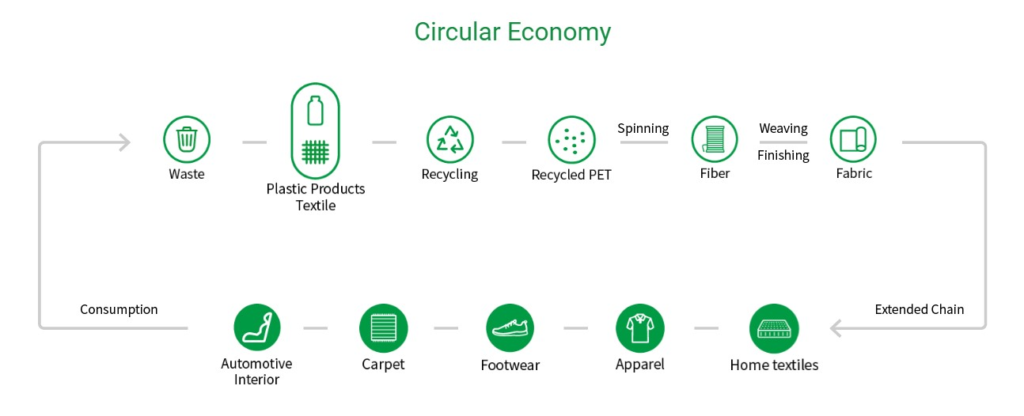
The integration of sustainable practices in the production and application of polyester staple fibers opens new avenues for its use in various industries. As consumer awareness and demand for eco-friendly products grow, sustainable alternatives become imperative.
- Sustainable Apparel: The fashion industry, known for its environmental impact, can benefit significantly from the incorporation of sustainable polyester staple fiber. Eco-friendly clothing lines that utilize recycled or bio-based polyester provide consumers with ethical choices without compromising on performance and style.
- Green Home Textiles: Sustainable polyester finds its way into home textiles, including bedding, curtains, and upholstery. Manufacturers can leverage the durability and versatility of polyester while meeting the growing demand for environmentally conscious products.
- Biodegradable Non-Woven Fabrics: Innovations in the production of biodegradable non-woven fabrics can lead to applications in areas such as single-use products and packaging. These fabrics, made from sustainable polyester, offer a more environmentally friendly alternative to traditional non-woven materials.
- Eco-Friendly Industrial Solutions: In the industrial sector, sustainable polyester staple fiber can be used in products like filters, conveyor belts, and geotextiles. These applications benefit from the durability and resilience of polyester while aligning with corporate sustainability goals.
About POLYESTER FIBERS
POLYESTER FIBERS We partner with numerous factories and manufacturers in Viet Nam and other Asian countries.We supply various and different polyester staple fiber such as hollow conjugate siliconized and non-siliconized, hollow non conjugated fiber, hollow slick fiber, black solid fiber, brown fiber, green fiber, filling fiber, polyester fiber, recycled polyester fiber, spinning fiber. All are GRS and OEKO TEX certified.
Our polyester staple fiber is used as raw material for the production of several industrial applications such as polyester pillow filling, stuffed toys, cushion, comforters, sofa, mattress, bedding sheet, quiltings, wadding, padding, non-wovens, geotextile, automotive, abrasive products for domestic and industrial use, yarn for textile flooring (carpets and moquette), shoes, special filters and much more.
Our recycled Polyester Staple Fiber is of good quality and competitive price, which is used in the application of filling polyester pillows, mattress, cushions, quilting, comforters, padding, wadding, stuffed toys, carpets, felts, automotive nonwoven industry and home textiles.
We are well-known for our excellent customer service and we would like to have long-term business cooperation with customers from all over the world.
Please contact us for long-term cooperation!
Mr. HARRY
Website: vietnamrecycledfiber.com
Youtube: Vietnam Recycled Polyester Fiber

